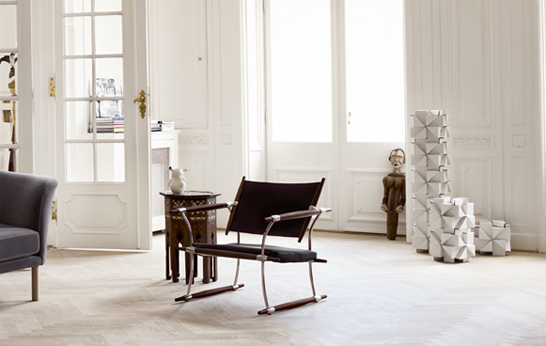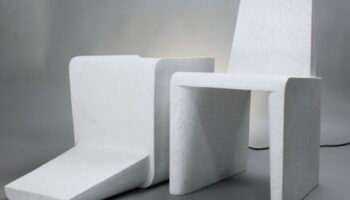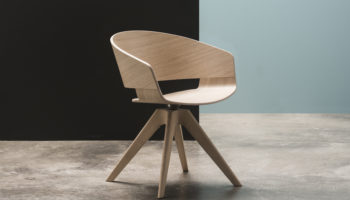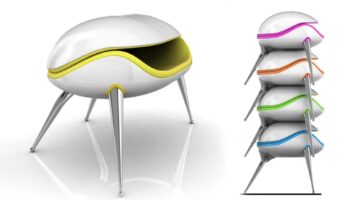
Quistgaard Safari Chair by Jens Quistgaard
Designer Jens Quistgaard is widely credited as having put Danish Design on the world map. Before his death in 2008 he designed a staggering 4,500 products and enjoyed great success in the US as the founding designer of furniture brand Dansk. One of his most successful designs, the distinctive Quistgaard Safari Chair designed in 1965, is now available through Danish brand, Gubi.
Quistgaard Safari Chair is one of a kind and today is considered an international design classic.
In Denmark, the term safari chair was brought about in the 1930s and refers to a low chair that can be dismantled. Inspired by the device used to buckle a horse to its carriage, Quistgaard’s wood and metal design is made without screws, glue or brackets. Instead the design is held together by inner tension.
Gubi’s reissue of this iconic design is available with dark stained oak poles, a chromed metal frame and black leather backrest and seat.
Contract and specification inquiries should be made directly to Gubi 0045 3332 6368 gubi@gubi.dkwww.gubi.dk
About the manufacturer: Established more than forty years ago in 1967, Danish brand Gubi develop quality, innovative and functional furniture and lighting designs with global market appeal. Gubi's rich and varied product portfolio includes iconic designs from the Bauhaus-inspired, 13-piece Bestlite Collection, designed in the 1930's by British designer, Robert Dudley Best, to iconic 1950's designs from Greta Grossman, Barba Corsini, Jacques Adnet and Mathieu Mat©got.
About the designer: Jens Harald Quistgaard (1919 – 2008) was a Danish sculptor and designer. He was initially trained by his father, sculptor, Harald Erik Einar Quistgaard, subsequently serving an apprenticeship with Georg Jensen. Jens Quistgaard put Danish Design on the world map, not least with his designs for the kitchen, including cutlery, pots and pans. Jens Quistgaard has been awarded many prestigious prizes including the Lunning Prize and several gold medals at the Milan Trienalle and his designs are part in the permanent collections at both the Museum of Modern Art in New York and the Louvre in Paris.







Leave a Reply